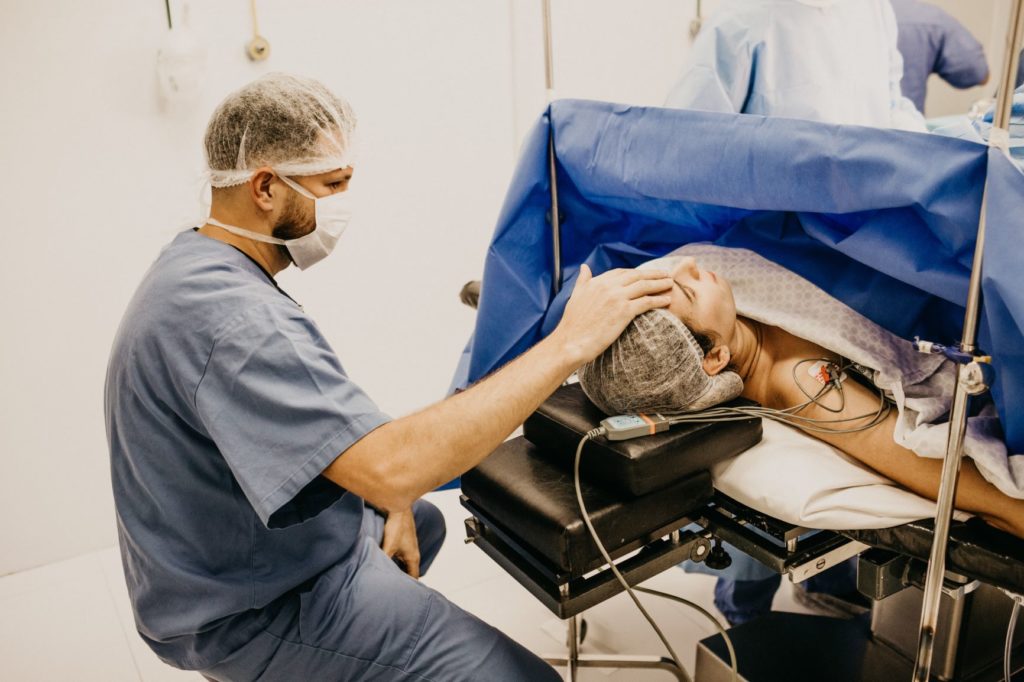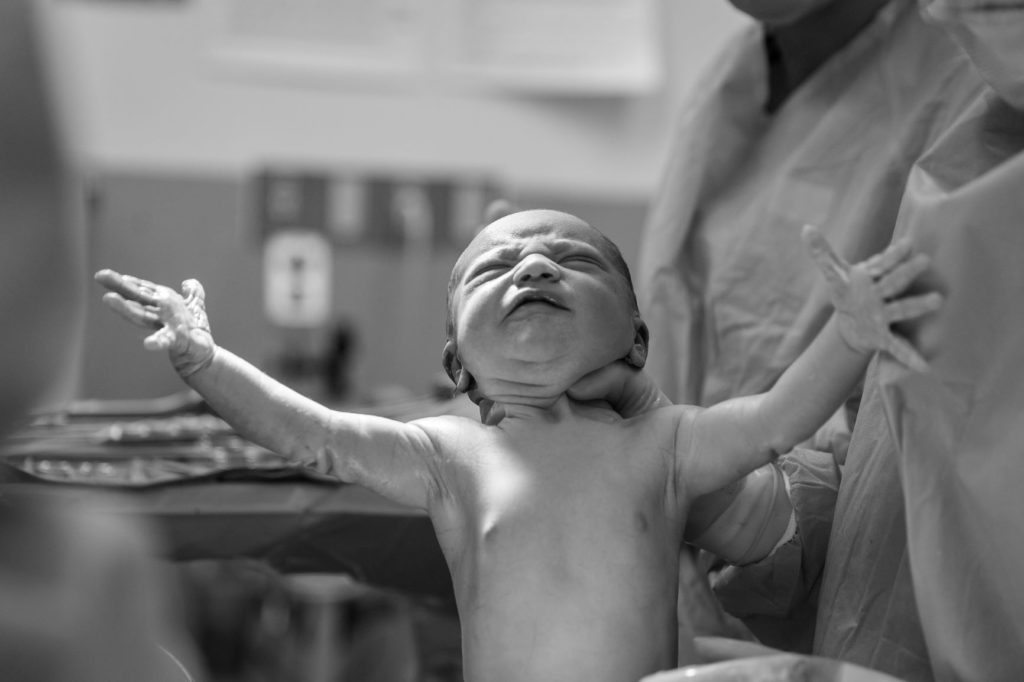
CRITICAL HEALTH & SAFETY DISCLAIMER
mothernity.co.uk is a platform for informational and educational purposes only. This content is based on general research and experienced parent insight and is NOT a substitute for professional medical advice, diagnosis, or treatment. Always seek the advice of your qualified healthcare provider (GP, midwife, or consultant) with any questions you may have regarding a medical condition or before making changes to your health plan or treatments. Never disregard professional medical advice or delay seeking it because of something you have read here.
If you’re undergoing a cesarean section (c-section), whether it’s planned or an emergency, let’s explore what it involves and what to expect during the procedure.
What is a C-section?
A cesarean section (commonly known as a c-section) is a significant surgical procedure typically carried out with partial (epidural/spinal) or full anaesthesia. This surgery allows your baby to be delivered by making an incision in your abdomen, avoiding the birth canal.
There are two types of C-sections:
- Elective surgery (planned or ELCS): This occurs when you decide to have a c-section before labour begins.
- Emergency surgery (EMCS): This is necessary due to a medical condition or an emergency, usually after labour has started.
Can I choose to have an elective C-section? How?
Yes, you have the option. Discuss your preference with your midwife during one of your antenatal appointments. They will refer you to an obstetrician (a specialist) to discuss the risks and benefits of a C-section. If you still choose to proceed after this conversation, you should be accommodated.
Often, women opt for an elective c-section due to past birth trauma, anxiety, or fear of vaginal delivery. However, various reasons can influence this choice.
What occurs during a C-section?
1. Consent
Whether it’s an elective or emergency C-section, you must provide consent, either written or verbal (if time is limited), before the procedure.
2. Preparation for Delivery
- A catheter is inserted, as you won’t have sensation in your bladder during and shortly after surgery.
- A cannula is placed to administer fluids and medication.
- Trimming or shaving of the top line of your pubic hair.
- Changing into a hospital gown and wearing surgical stockings to lower the risk of blood clots.
3. Anaesthetic Options
- Epidural: An injection into your back numbs you from the chest down.
- Spinal: An injection into your back numbs you below the chest.
- General anaesthetic: Administered only for medical reasons; you’ll be asleep during the birth.
4. The Delivery Room
In the operating theatre, you’ll be attended by a team of around 10 individuals, including doctors, midwives, anaesthetists, and nurses. You’ll lie on a bed with a sheet covering your belly, obstructing your view of the actual surgery.
After your baby’s birth, the doctor will briefly show them to you before attending to their needs on the resuscitation table. If all is well with both you and your baby, you can have skin-to-skin contact and initiate breastfeeding.
Post-birth, the doctor will deliver the placenta and close your incision using either dissolvable or regular stitches that a midwife will remove in a few days. If things progress smoothly, your c-section should last about 1-2 hours.
After the c-section, both you and your partner will be taken to a recovery room for rest before moving to the postnatal ward.
If you’re curious about the advantages and disadvantages of a C-section, find more information here.



